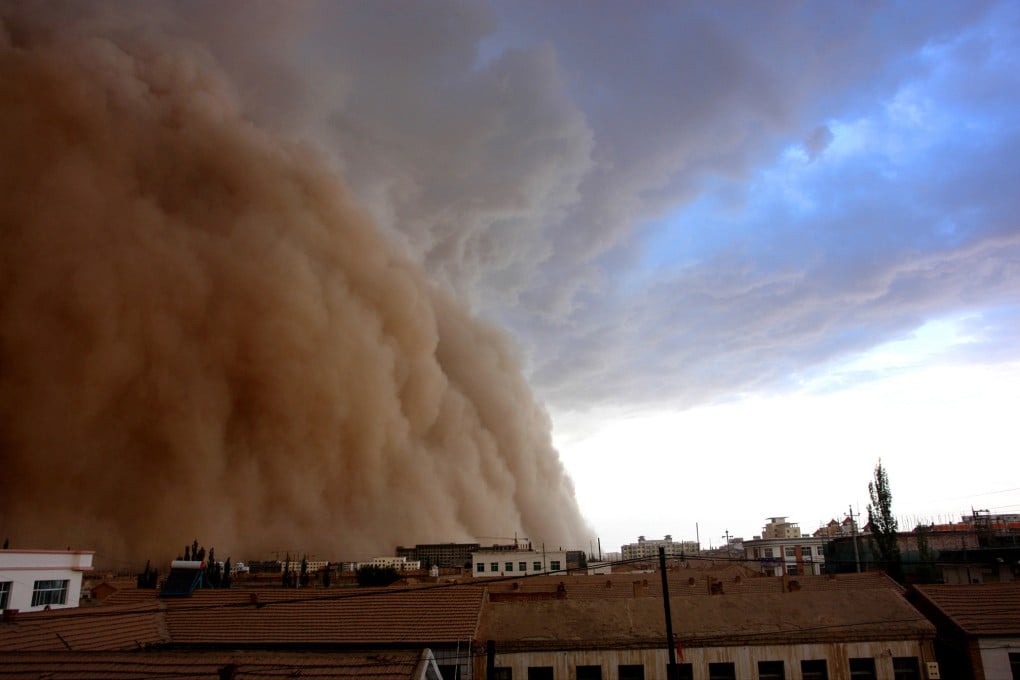Advertisement
Should China stop blaming Mongolia for severe dust storms? A study suggests yes
- Chinese scientists have found that wind speed plays a larger role in creating dust storms than levels of rainfall and vegetation
- It means that Mongolia’s ecology and environment have less impact on the number of sandstorms than previously believed
Reading Time:3 minutes
Why you can trust SCMP
7

When strong dust storms have swept across China, the people and the government have often pointed the finger at neighbouring Mongolia, accusing it of not protecting its grasslands.
But in a new study, a group of Chinese scientists found that increasing wind speeds – and not degradation of Mongolia’s vegetation – is likely to be the main culprit.
During the spring of 2023, northern China was hit by at least 10 dust storms and sandstorms – the highest number in a decade.
At the time, China’s Ministry of Ecology and Environment largely attributed the severe sandstorms to Mongolia.
A ministry official said Mongolia’s reduced rainfall was not conducive to vegetation growth and higher temperatures had melted snow, leaving large areas of exposed sand. Winds then blew sand across the border.
To tackle the problem, a delegation of Mongolian officials visited China for six days in early May at the invitation of the National Forestry and Grassland Administration. The decision was then made to form a joint working group to establish the China-Mongolia Cooperation Centre for Combating Desertification in Mongolia.
Advertisement